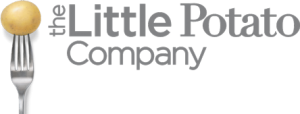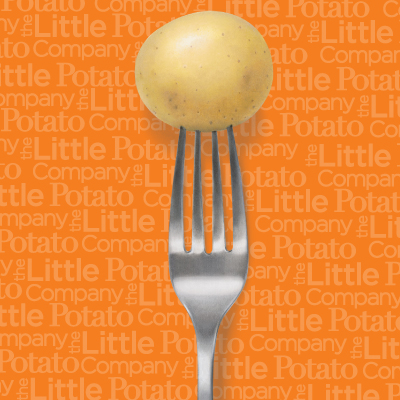Healthy schools = healthy kids

Did you know that 44 percent of U.S. public school districts have farm-to-school programs? And that not only do the initiatives support the local economy, they get kids eating more fruit and vegetables?
That’s just one encouraging fact in the “Healthy Schools Raise Healthy Kids” promotion from the Chicago-based global Academy of Nutrition and Dietetics, part of August’s Kids Eat Right Month. As it turns out, good student nutrition matters a lot. These programs build healthier young people who do better at school and remember what they’ve learned.
Here are the highlights:
Breakfast matters.
Research shows that students who eat a vitamin- and nutrient-filled, balanced breakfast have better overall nutrition and maintain a more optimal weight. And that’s important because nearly 17% of American children and teens are obese. The best breakfasts include “good carbs”—the kind of complex carbohydrates in grains, beans, legumes and Little Potatoes—that fill us up and keep our blood sugar levels even, helping maintain energy throughout the day.
A healthy start positively impacts learning.
Students who start the day with a good meal perform better academically and score higher on tests. No time for a sit-down meal? Just make the kids that Grab and Go Breakfast Potato Casserole!
Daily school breakfast programs are important.
Such programs served 13 million kids in 2012 with most eating reduced-price or free meals. In recent years, programs have added more whole grains and fruit, while cutting trans fat and reducing sodium. Ditto for national school lunches.
Snacking on the right foods is important.
Parents should steer kids away from processed foods, such as potato chips and sugary beverages and sodas. We’ve got a ways to go, though: 68 percent of students still bring at least one sugary drink to school and drink it. Encourage smart snacks, instead. That means an edible of less than 200 calories, with 230 mg or less of sodium and zero trans fat. Check labels carefully to assess contents—or simply offer whole foods, like carrot sticks (41 calories), apples (52 calories) or a handful of almonds (162 calories).
P.E. is key.
Food is fuel. So it makes sense that healthful meals and snacks equal optimal physical performance in P.E. class or on the soccer field. When students eat enough of the right food and beverages before, during and after exercise, they’re able to give their best athletic effort and also recover more quickly. Plenty of water is crucial, too, for staying hydrated and feeling great.
Supporting school nutrition programs makes a difference.
The Healthy, Hunger-Free Kids Act sets policies for American child nutrition programs, making public schools and millions of students healthier.
(This infographic is from the Academy of Nutrition and Dietetics. Visit eatright.org for more information on healthful eating or to find a registered dietitian nutritionist.)
WHAT AMAZING SCHOOL FOOD PROGRAMS DO YOU KNOW ABOUT? SHARE!
To get more tips on nutritious eating, plus find new delicious and healthy recipes, sign up for our monthly newsletter. And join the social media conversation! If you have questions, comments or quips, don’t hesitate to get in touch: info@littlepotatoes.com.
Did you like what you read?


